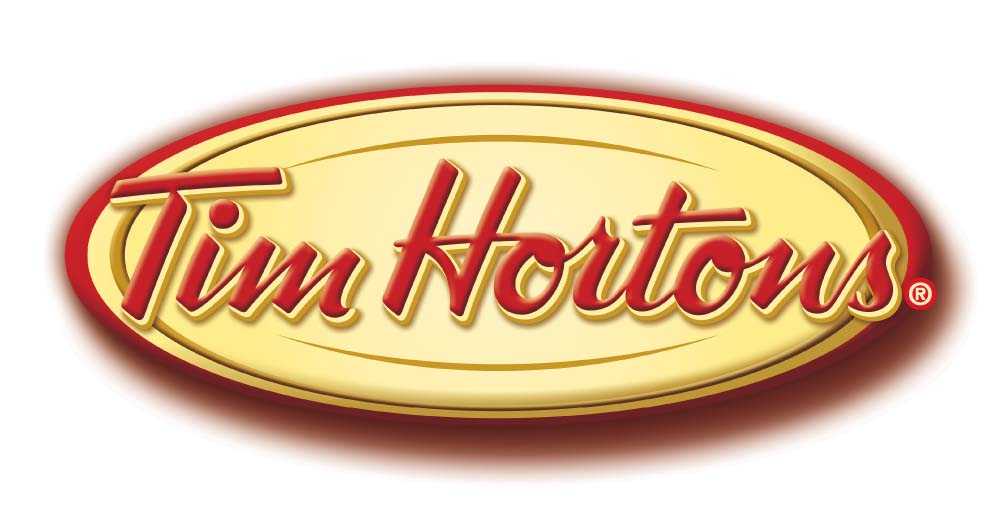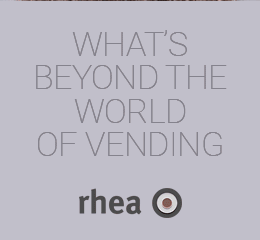International: Grow, Learn, Expand
We are adopting a pragmatic and disciplined approach to continued international growth. We intend to do this through:
- Further expansion in Gulf Cooperation Council (GCC): continuing to learn and grow in the GCC where we have demonstrated initial success and have a roadmap to approximately 220 locations.
- Validation of international market opportunities and approach: refining our existing market research, business assessments and views on market opportunities.
- Position for potential market entries: prioritize markets and develop due diligence to position us to enter new international markets in 2015.
Plan Summary
“We are setting out to be bold, different and daring. We envision a Tim Hortons that is one of the industry’s most consumer-centric brands, leveraging technology to build our understanding of emerging consumer insights and to connect with them in new and innovative ways.
We are focusing on flawless execution and creating the ultimate guest experience. We are asserting our coffee and food leadership, simplifying our operations and pursuing differentiated innovation. Our team is aligned, focused and committed to strong execution and market leadership,” added Caira.
2014 Financial Outlook and Longer-term Financial Aspirations
The Company has disclosed its 2014 financial outlook with our fourth quarter results, as follows:
- Diluted earnings per share (EPS) of $3.17 to $3.27
- Same-store sales growth of 1% to 3% in Canada and 2% to 4% in the U.S.
- A total of 215 to 255 restaurant openings in Canada, the U.S. and the Gulf Cooperation Council, including:
- 140 to 160 restaurant openings in Canada, approximately evenly split between standard and non-standard format restaurants
- 40 to 60 full-serve restaurant openings in the U.S., approximately evenly split between standard and non-standard format restaurants
- Capital expenditures between $180 million to $220 million, including approximately US$30 million in the U.S.
- Effective tax rate of approximately 29%.
In support of the strategic initiatives outlined above, the Company has established the following aspirations beyond 2014, from 2015 to 2018:
- EPS: 11%-13% compounded annual growth rate;
- Collectively, we plan to open more than 800 locations in North America and the GCC (between 2014 and 2018);
- Cumulative free cash flow1 of approximately $2 billion;
We expect to reduce total capital intensity of the business as the plan progresses, and we are targeting to improve return on assets and total return to shareholders.
Executive compensation measures have been changed to better align with the strategy, shareholder value creation and same-store sales growth, which is directly linked to the success of our partnership with our franchise community.
The operational objectives, financial outlook and aspirational goals (collectively, “targets”) established for 2014 and for our long-term aspirations are based on the accounting, tax and other legislative rules in place at the time the targets were issued and on the continuation of share repurchase programs as expected.
The impact of future changes in accounting, tax and/or other legislative rules that may or may not become effective in fiscal 2014 and future years, changes to our share repurchase activities, and other matters not contemplated at the time the targets were established that could affect our business, are not included in the determination of these targets.
In addition, the targets are forward-looking and are based on our expectations and outlook on, and shall only be effective as of, the date the targets were originally issued.
Except as required by applicable securities laws, we do not intend to update our annual targets. These targets and our performance generally are subject to various risks and uncertainties (“risk factors”) which may impact future performance and our achievement of these targets.
Refer to our safe harbor statement, which incorporates by reference our “risk factors” set forth at the end of this release, and our Annual Report on Form 10-K for 2012 filed on February 21st, 2013, our Quarterly Report on Form 10-Q filed on November 7th, 2013, and our Annual Report on Form 10-K for 2013 (expected to be filed on or about February 25th, 2014).
1Free cash flow is a non-GAAP measure. Free cash flow is generally defined as net income adjusted for amortization and depreciation, net of capital requirements to sustain business growth. Management believes that free cash flow is an important tool to compare underlying cash flow generated from core operating activities once capital investment requirements have been met. Free cash flow does not represent residual cash flow available for discretionary expenditures.


















